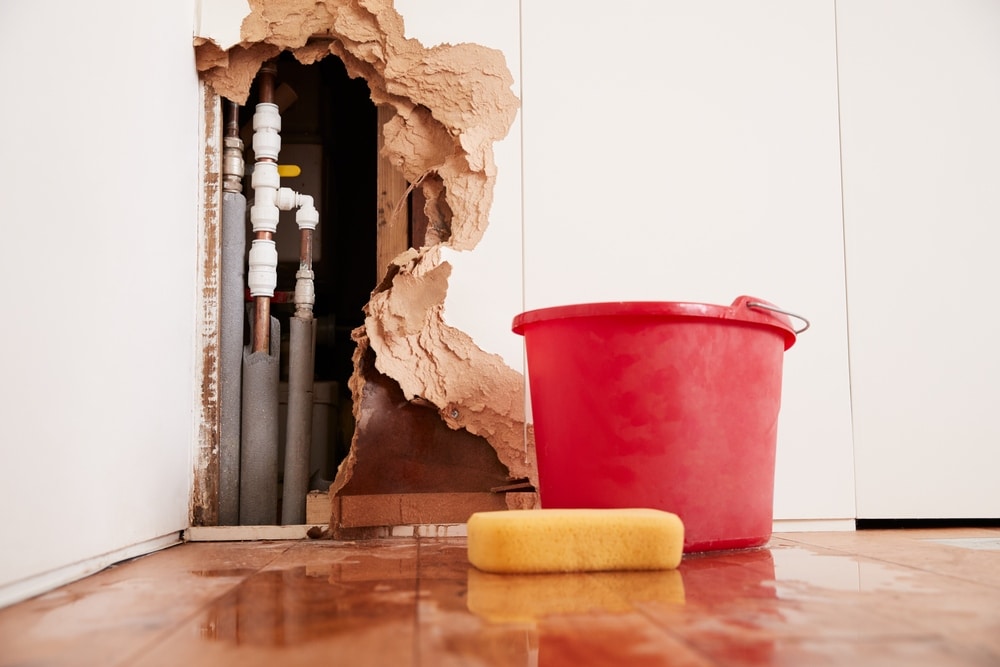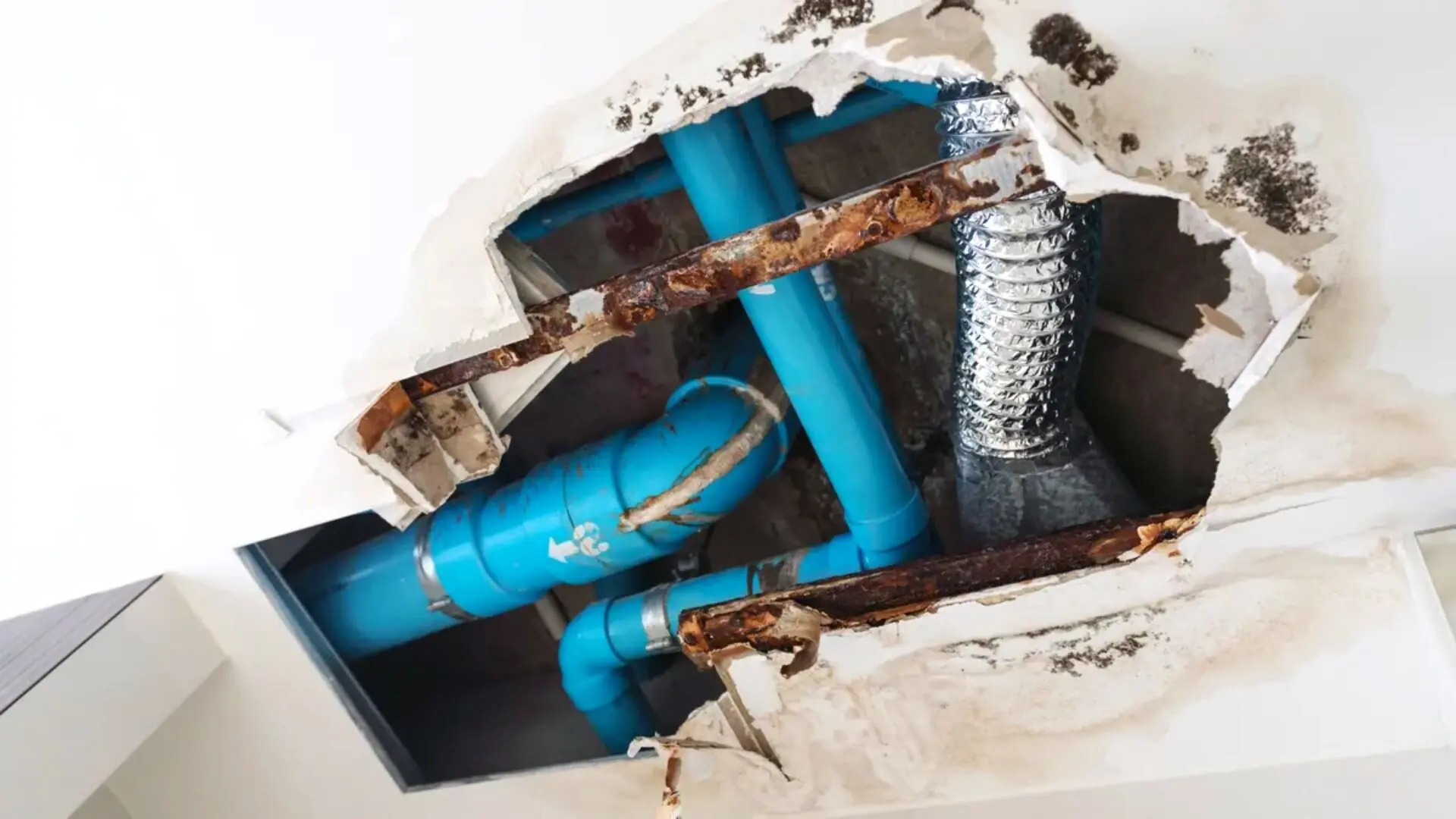How to Fix a Burst Pipe Yourself: A Step-by-Step Guide for Homeowners
How to Fix a Burst Pipe Yourself: A Step-by-Step Guide for Homeowners
Blog Article
Preventing Burst Pipeline: Necessary Tips to Safeguard Your Plumbing
Preventing ruptured pipes is a crucial issue for home owners, particularly during cooler months when the risk of freezing is heightened. Executing strategic measures such as correct insulation, regular evaluations, and maintaining regular indoor temperatures can considerably reduce the possibility of pipe failing. Additionally, recognizing emergency situation procedures gears up homeowners to react promptly to prospective plumbing issues. Numerous are not aware of the details vulnerabilities that their pipes might deal with. Discovering these susceptabilities can provide important understandings into safeguarding your pipes system effectively.
Understand Pipe Vulnerabilities
Recognizing pipeline vulnerabilities is necessary for reliable pipes maintenance and protecting against pricey damage. Numerous elements add to the sensitivity of pipes to ruptureds, including material make-up, age, and environmental conditions. Older pipelines, specifically those made from galvanized steel or polybutylene, usually weaken over time, bring about raised risk of tears and leaks.
Temperature fluctuations can also dramatically effect pipe integrity. In cooler climates, water trapped in pipes can freeze, expanding and exerting stress on the pipeline walls, which may inevitably result in a ruptured. High water stress can stress pipes, specifically at bends and joints, heightening the likelihood of failing.

Insulate Pipeline Effectively
Proper insulation of pipelines is vital for preventing freezing and succeeding bursts throughout winter (burst pipe). Insulating your pipes system efficiently safeguards versus temperature level drops that can result in pricey damages. Begin by identifying at risk locations where pipes are revealed to outdoor temperatures, such as basements, attics, and outside wall surfaces
Use foam pipe insulation sleeves or wrap insulation tape around these areas to give a protective obstacle. Make sure that all sections of the pipes, specifically those with minimal warm exposure, get ample insulation. Pay special interest to joints and installations, as these are more prone to cold.
When insulating, it's vital to select products that satisfy local building regulations and are suitable for the certain environment. Fiberglass insulation is commonly recommended for its thermal resistance buildings. In addition, take into consideration using heat cords or tape in severe problems, which can be plugged in to offer additional warm
Routinely evaluate insulated pipelines for any indicators of wear or damage, as jeopardized insulation can diminish its performance. By taking these aggressive procedures, you considerably decrease the danger of pipeline bursts, making certain a reputable pipes system throughout the wintertime months.
Maintain Regular Temperature
A secure interior temperature level is necessary for preventing burst pipelines throughout the frigid months. When temperatures decline, water within pipes can ice up, broadening Check This Out and developing stress that might eventually create the pipes to burst.Using a programmable thermostat can aid take care of interior temperature levels efficiently, guaranteeing that areas with pipes continue to be warm also when the residence is unoccupied.
On top of that, it is sensible to enable taps to trickle somewhat throughout extreme cold snaps. This minor flow of water can prevent freezing by easing stress within the pipelines. Throughout specifically severe climate occasions, think about briefly putting on hold any type of nighttime obstacles on your thermostat to maintain a steady warm environment. By applying these methods, property owners can substantially lower the threat of pipeline bursts and secure their plumbing systems versus the rough winter aspects.
Consistently Evaluate Pipes
Routine inspections of pipes systems are critical for avoiding ruptured pipes and maintaining overall home integrity. During these examinations, it is crucial to like this examine visible pipelines for indicators of deterioration, leakages, or wear.
Furthermore, examining links and joints is important, as these points are usually at risk to leaks. Homeowners should also assess water pressure degrees, as excessive pressure can stress the plumbing system and raise the risk of pipeline ruptureds.
Consider scheduling professional plumbing assessments at the very least once a year, specifically prior to winter season, to ensure your system is prepared for colder temperatures. By being aggressive in your approach, you can secure your home versus the pricey and disruptive effects of burst pipelines.
Know Emergency Procedures
Understanding emergency procedures is essential for every house owner, especially after conducting routine plumbing inspections. Being prepared for a pipes emergency situation can considerably minimize damage and save expenses.
Following, keep crucial devices useful. A plumbing emergency kit should consist of a wrench, plunger, and towels, in addition to a flashlight and a pail for little leakages. In addition, consider having the get in touch with info for a trusted plumbing conveniently offered, ought to the scenario intensify past your control.
If you detect a leak or burst pipe, immediately shut off the water supply and inform your plumbing technician. Record the damage with photographs for insurance policy functions. Recognize the indicators of potential pipes problems, such as uncommon water pressure changes or damp areas on wall surfaces
Inevitably, proactive understanding and quick action are essential in handling pipes emergency situations, ensuring your home stays safeguarded these details and minimizing potential damages.

Final Thought
In verdict, protecting against ruptured pipes demands a complex strategy that consists of understanding pipeline vulnerabilities, proper insulation, keeping regular interior temperatures, routine inspections, and expertise of emergency procedures. By executing these vital techniques, the risk of pipes failures can be considerably lowered, therefore making certain the longevity and efficiency of the pipes system. Positive procedures not just secure against possible damages however also contribute to total water conservation and the protection of home.
In cooler climates, water caught in pipes can ice up, broadening and applying stress on the pipe wall surfaces, which might ultimately lead to a burst. When temperatures decline, water within pipes can freeze, producing and broadening stress that may ultimately trigger the pipes to ruptured. By implementing these techniques, property owners can dramatically minimize the risk of pipeline bursts and guard their pipes systems against the harsh wintertime aspects.

Report this page